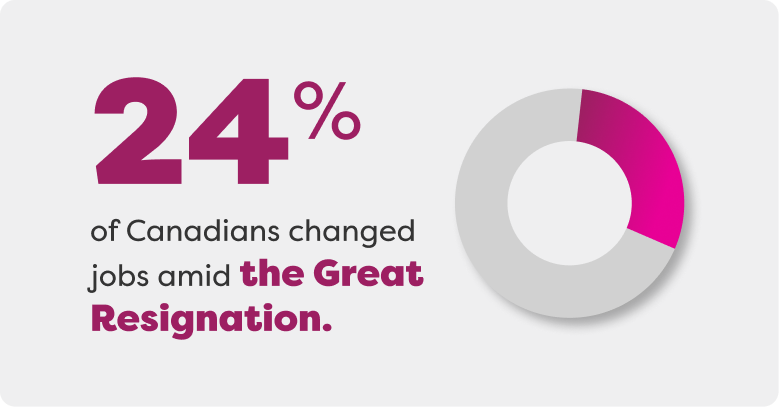We have heard about or even experienced firsthand the changes induced by the pandemic, including the Great Resignation and mass layoffs.
While many employees looked for more fulfilling, flexible and rewarding jobs, others saw their positions abruptly disappearing as companies tried to keep their heads above water.
What do these two groups of job seekers have in common? First, they are valuable assets for companies that are struggling to find skilled workers. Second, they need to be retrained as they discover new jobs and new industries.
Read on to discover what retraining is and why you should implement retraining plans in your company!














